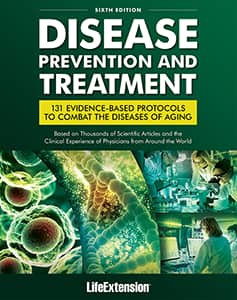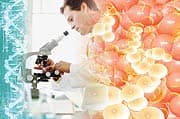|
Tuesday, November 17, 2015
An article published early on November 9, 2015 in the journal Cancer reports the finding of Xifeng Wu, MD, PhD, and colleagues at the University of Texas MD Anderson Cancer Center of a greater risk of renal cell carcinoma (RCC, the most common type of kidney cancer) in association with the intake of mutagenic compounds formed in meat cooked at high temperatures, especially that which has been pan fried or barbecued.
The study compared 659 newly diagnosed renal cell carcinoma patients with 699 healthy control subjects. Dietary questionnaire responses provided information on type and frequency of meat intake, which was computer-analyzed for levels of three heterocyclic amines (HCAs) and one polycyclic aromatic hydrocarbon (PAH) formed during cooking.
Intake of red, white or fresh meat was higher among those with renal cell carcinoma in comparison with the control group. Those whose levels of the HCA compound PhIP were among the top one-third of subjects had an adjusted 54% higher risk of renal cell carcinoma than those among the lowest third, and for the HCA MelQx, the risk was 95% greater for those whose intake was highest. The effect of PhIP was greater among people with variants in the ITPR2 and EPAS1 genes that increase renal cell carcinoma susceptibility.
"Our study provides additional evidence for the role of red meat, white meat, and 2-amino-1-methyl-6-phenyl-imidazo(4,5-b)pyridine (PhIP) in renal cell carcinoma etiology and is the first study of dietary intake of mutagenic compounds and renal cell carcinoma risk to suggest an association with 2-amino-3,8-dimethylimidazo(4,5-f) quinoxaline (MeIQx), one of the most abundant heterocyclic amines commonly created in grilling, barbequing, and pan-frying meats at high temperatures," Dr Wu announced. "Also, our study is the first to evaluate the impact of renal cell carcinoma susceptibility variants, identified via genome-wide association studies, on the association between intake of mutagenic compounds and renal cell carcinoma risk."
"The intake of meat may increase the risk of RCC through mechanisms related to the cooking compounds MeIQx and PhIP," the authors conclude. "Further research is necessary to understand the biological mechanisms underlying these interactions."
|
|







